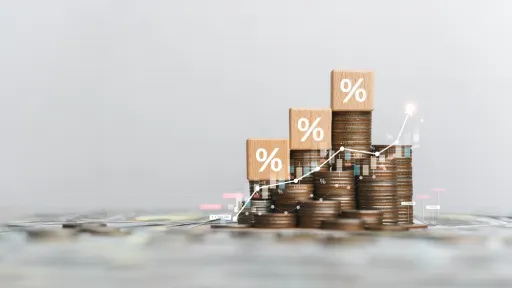Understanding F1 qualifying explained is crucial for any fan who wants to grasp the intense battle that determines the starting grid in Formula 1 racing. This process doesn’t just set the stage for the race; it influences team strategies, driver performances, and ultimately, the outcome of the Grand Prix. In today’s highly competitive and technologically advanced motorsport landscape, knowing how qualifying works gives you deeper insight into the tactical and skillful elements that make Formula 1 a thrilling spectacle.
F1 Qualifying Explained: The Format and Its Importance
F1 qualifying is the session held before the main race that decides the order in which drivers begin the Grand Prix. This positioning is vital because starting at the front offers a clear track ahead, reducing the risk of early race collisions and allowing drivers to control the pace.
The Three-Part Qualifying System
The current F1 qualifying format consists of three knockout rounds:
- Q1: All 20 drivers get 18 minutes to set their best lap time. The slowest five drivers are eliminated and occupy the last five spots on the grid.
- Q2: The remaining 15 drivers have 15 minutes to record their fastest lap. Again, the slowest five are knocked out, occupying positions 11 to 15.
- Q3: The top 10 drivers compete in a 12-minute session to vie for pole position — the leading start spot. This is where the fiercest battles occur, as drivers attempt to post the fastest lap.
This elimination style brings a sense of urgency and strategic depth. Teams must decide the right time to send their drivers out when track conditions are optimal and traffic is minimal.
Why Does F1 Qualifying Matter So Much?
The outcome of qualifying directly impacts race-day opportunities. Starting from the front allows drivers to avoid mid-pack jostling, giving them a better chance to lead and control the race. Furthermore, qualifying showcases pure driver skill, as every millisecond gained or lost can determine starting position.
Key Elements in F1 Qualifying Explained
Tire Strategy
During qualifying, tire choice is critical. The type of tire a driver uses in Q2 affects the tire they start the race on, which can shape pit stop strategies significantly.
Track Conditions
Track evolution matters hugely during qualifying. The track often gets faster as more rubber is laid down, so drivers and teams must time their runs carefully to exploit optimal conditions.
Pressure and Precision
Qualifying puts drivers under immense pressure to deliver flawless laps within a limited timeframe. Unlike the race, there’s no room for error because each lap is a high-stakes attempt that affects grid position.
How F1 Qualifying Format Has Evolved
The current three-part knockout system was introduced in 2006 but has seen tweaks over the years to enhance competitiveness and entertainment. Variations like “sprint qualifying” races have also been experimented with in select events, adding a new layer of complexity and excitement to the traditional format.
Understanding the Role of Technology
Advanced telemetry and timing systems provide instant data, allowing teams to analyze every aspect of a driver’s lap. This technological edge ensures that qualifying results reflect both human skill and engineering excellence.
Frequently Asked Questions About F1 Qualifying Explained
- Can a driver be penalized during qualifying? Yes, infractions like impeding other drivers or track limits violations can result in time penalties or disqualification from the session.
- What is pole position? Pole position is the first spot on the starting grid, earned by the driver who posts the fastest lap in Q3.
- How long does qualifying last? The entire qualifying session, encompassing Q1, Q2, and Q3, typically lasts around 45 minutes.
- Is qualifying important in wet conditions? Absolutely. Wet qualifiers add unpredictability, with lap times affected by weather and making positioning even more crucial.
Conclusion
F1 qualifying explained reveals why this session is more than just a pre-race formality—it’s a strategic, technical, and psychological battle that sets the tone for an exhilarating Grand Prix. With its unique three-stage knockout format, the stakes are high as drivers push their limits to capture the best possible starting position. Whether you’re a casual fan or a dedicated follower, understanding how qualifying works enriches your appreciation of Formula 1 racing’s complexity and thrill.


